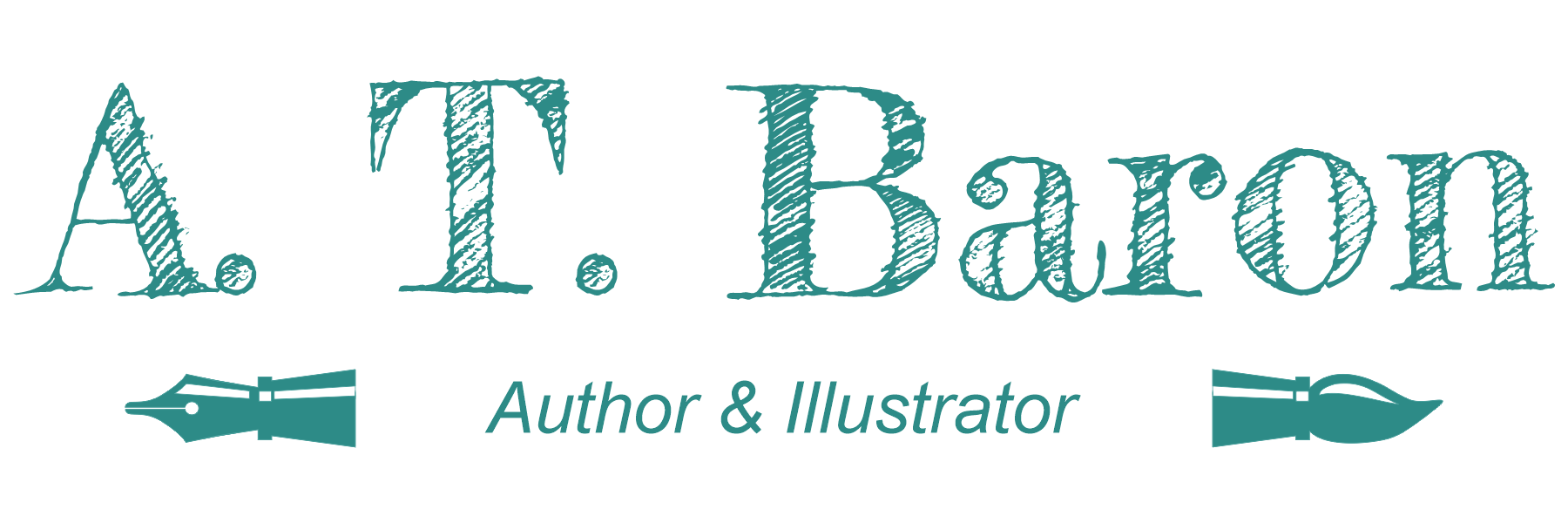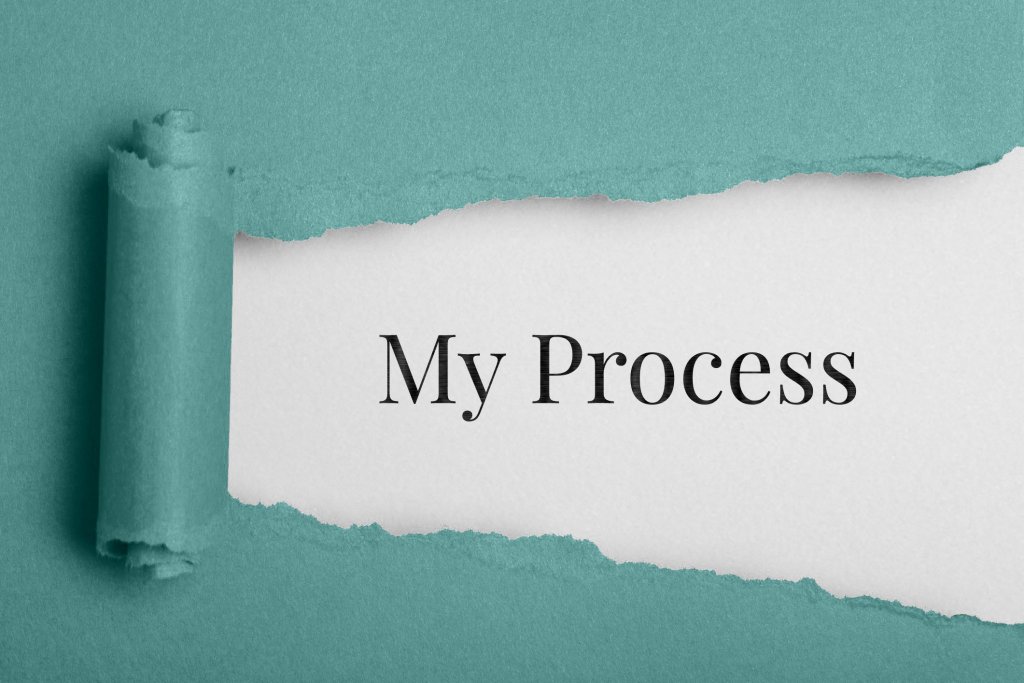Fortune Cookie Friday: A Peak at My Process
I had the opportunity to listen to other authors and illustrators discuss there work process at the recent online SCBWI Summer Spectacular. Creative people come from all walks of life, and we do things our own way. Surprisingly, I noticed I had many similarities with some well-known creators. I thought I was the only one who kept files of story ideas or possible lines. Apparently, Judy Blume and others do the same thing.
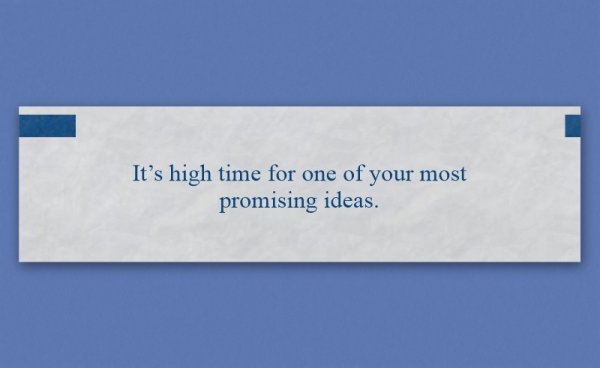
Today’s fortune got me to thinking about some of those ideas. So, I thought I would give my readers a little view into my creative world. Where do I get my ideas? How do I keep track of them? When do I know it’s time to start a project, and how do I go about it?
First, let me reiterate that creative people do things their own way. What works for me may not be the best tactic nor work for someone else. That’s why I always suggest a writer or illustrator do their research. There are numerous books, organizations, and talented minds out there that can give you insight. Tap into them and find what fits for you.
Ideas
Inspiration is the arousal of the mind to special, unusual activity or creativity. It’s also something that happens to me on a regular basis. I am a muse—I have more ideas than I know what to do with. Don’t get me wrong; not every thought I have is a good one. I’ve discounted some as they pop into my mind, mostly because they’re a little too chaotic for society to handle. That’s why I haven’t yet purchased a bunch of construction cones and redirected traffic on my street.
There are days that I sit at my desk and rack my brain, looking for that perfect thing to write. Grappling for ideas this way, rarely gives me anything worthwhile. Most of my good story ideas or characters come about while I’m doing mundane tasks. The ideas occur while I’m sleeping, eating, hiking (not really mundane, but useful for tapping into the five senses), driving, and even taking a shower—scratch that, especially while taking a shower. That’s why I keep a pen in my bathroom. When a decent idea occurs, I have to write it down. Doing so gives it substance and substance matters.
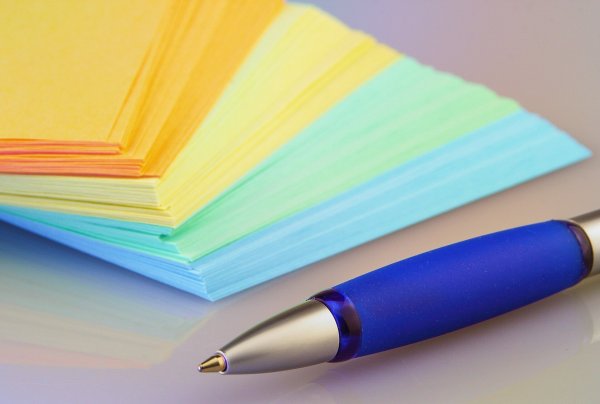
I almost always have some way to write down my ideas. From post-it notes decorating my desk to a dry-erase marker on my office windows, I empty the ideas from my head before they fade away. Lately, it’s been an app on my phone that can sync with my computer; then I don’t have to retype them.
Commonplace Book
Okay, so now I have all these ideas written down. What do I do with them? I categorize all these little nuggets according to possible stories, character traits, lines to use, etc. I even have a folder for miscellaneous stuff that I peruse once in a while for writing prompts. This depository is also where I keep items such as great lines from other books, quotes, observations (especially from my five senses that I mentioned before), and songs or their lyrics. Writers call this a commonplace book. It’s a great way to see some ideas written out as opposed to a fleeting visual in my head, and many times they are just what I need to start my stories or add to them.
It can be difficult to decide if an idea is worthy of becoming a full story or just part of one. Seeing someone with purple hair might not make the best plot device, but it can be a great character trait. Is the person wild? Do they just love purple? In the case of my main character in Emerson’s Guide to Playing With Sand, the act of coloring her hair was the only control she had in her life while dealing with leukemia—even if it was short-lived.
Work In Progress
For me, starting a new book comes in waves. If the right idea shows promise, I can usually see a mini-movie version of it in my head. I’ll write as much down and let it simmer. Most of the time, it’s simple-looking scenes packed full of meaning, foreshadowing, or intrigue. I love that contrast. Then I ask myself the question, “What if?”
I’ll be honest; I am not a plotter. I don’t outline my story in the beginning stages. Sometimes it doesn’t happen until I’m finished and need to write the synopsis. I’m not really a pantser either. I can’t just sit down and write a fully-fledged story from beginning to end. I’m more of a hybrid, writing and formulating as I go, always questioning the world, the actors, and the theme. And I sometimes get completely sidetracked by them.
I like to think of my storytelling as a Dungeon Master (DM) orchestrating a campaign—yes, I’m that geeky. Storytelling is much like the game Dungeons and Dragons. You need a set of characters, each with their own skills and quirks. They all have backstories to help determine how they will react in certain situations. They venture out on the campaign set before them, meeting new characters, fighting adversity, and trying to make it out alive, or at least better than when they started, in order to gain experience points (growth). This just screams character arch. The DM creates the setting and a plot arch by deciding on a goal to achieve and how many giants, warlocks, and dragons they want to throw in the way. Add in the probabilities of dice, and you have the basics of a good story.
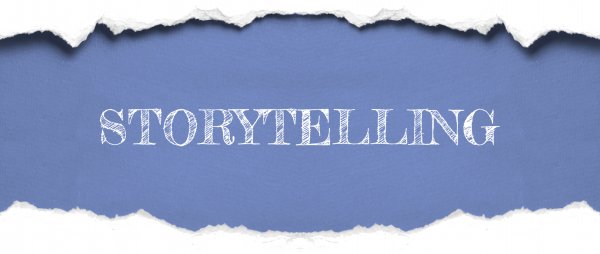
Once I get that first draft written, I put it aside for a few weeks to a few months before I begin the task of editing—I call this vacationing. There’s no set number of drafts and edits. I will correct and tweak the story over time and allow my critique partners to read through it. My daughter will inevitably read it if I bribe her, but we both know the bribe isn’t necessary. I know the work is ready for submission after I’ve taken another vacation from it, read it, don’t find any egregious errors, and the story makes me laugh, cry, or squeal at all the right spots as if it was for the first time.
I usually work on more than one project at a time. I keep one in the forefront, but a second or third linger in the background in case I need a break. The shifting of gears can help stimulate new creative ideas or help me solve plot holes. This multitasking process includes my illustrating as well.
Right now, I am querying Emerson’s Guide to Playing With Sand, editing another young adult contemporary fiction, formulating and brainstorming a picture book fiction, vacationing from a young adult fantasy fiction, and illustrating otters and other various works. Phew! It can feel like I’m overwhelmed sometimes, but my creative mind enjoys the story creation too much to stop.
So, there you have it; a peek into my writing world. Perhaps I will get a chance to explain this process again as an author at a writer’s conference in the near future. Until then, I’ll keep plugging away with promising ideas.
